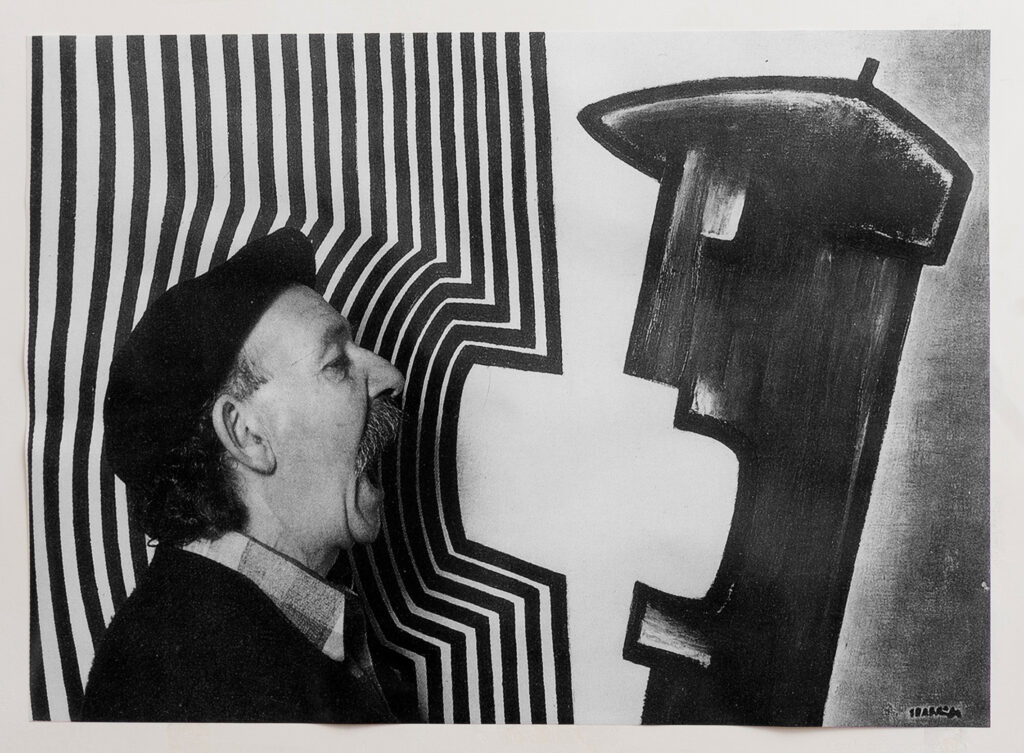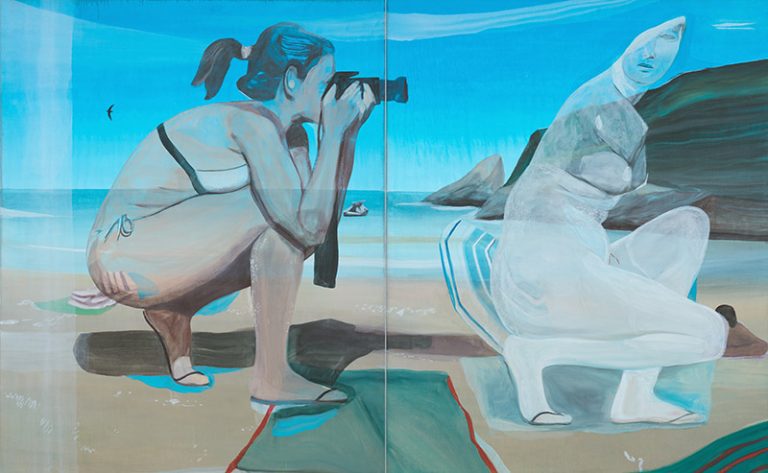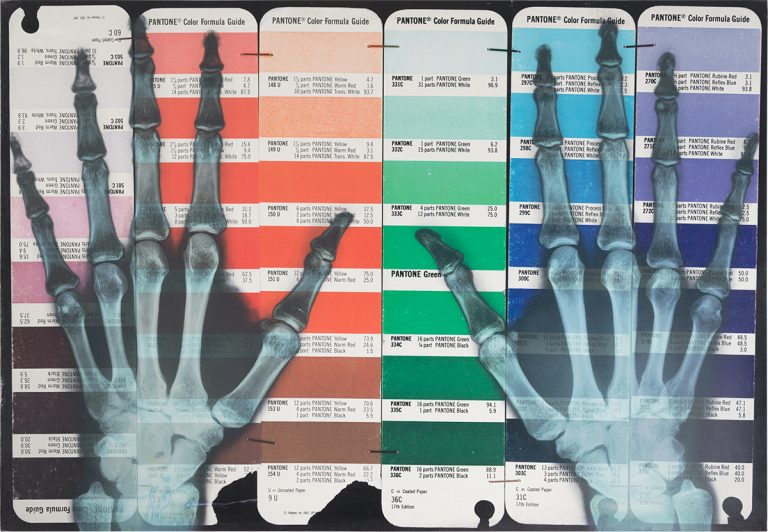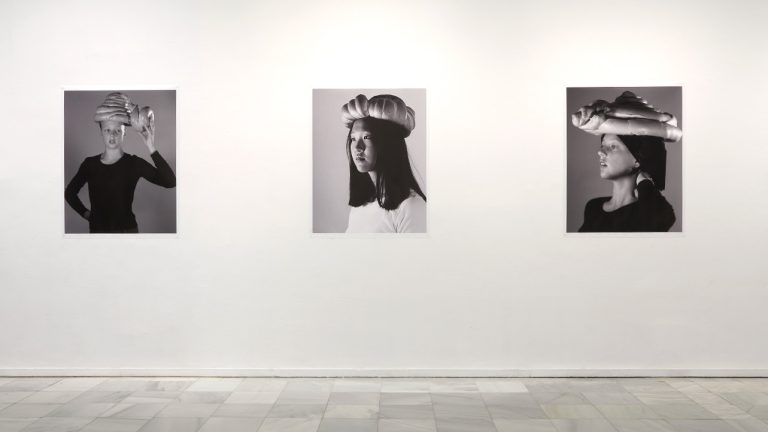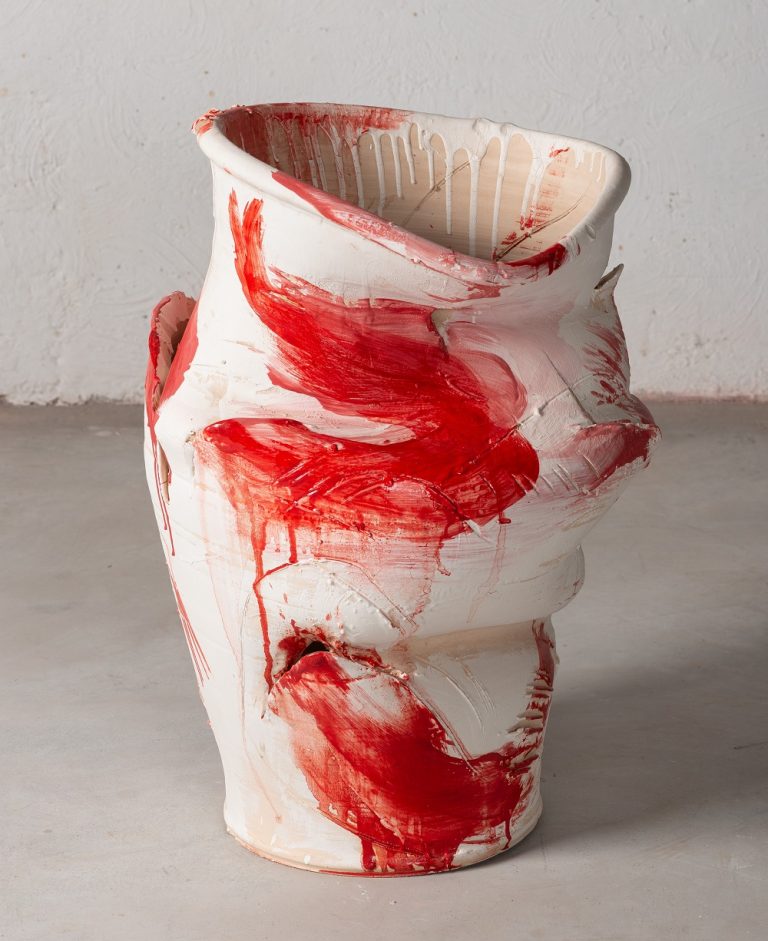Madrid,
Next November will be one year since the death in Galdácano of Agustín Ibarrola, a member in the fifties and sixties of two of the groups that worked most diligently on artistic modernization in Spain and on bringing it closer to the popular classes: Equipo 57 and Estampa Popular. Born in Bilbao, in a family with working-class roots (an aspect that will influence his work), he made painting the axis of his career, studying the so-called theory of the interactivity of plastic space – the links between background and form, and between negative and positive – and also the projection of his work in nature, but always from an anthropocentric perspective, considering the human being as a reference point for the formal structure of these landscapes.
Two Madrid galleries will pay tribute to the Basque artist in the coming weeks: Lucía Mendoza, who will open tomorrow, May 11, an exhibition dedicated precisely to his outdoor projects, and José de la Mano, whose proposal focuses on his commitment to anti-Francoism and the demands of the workers; We can say that both exhibitions reflect, therefore, Ibarrola's aesthetic and ethical concerns, perhaps both of comparable relevance.
In the first room, Lucía Mendoza, we will see fifty works dated from the eighties, mostly paintings and linked to her work in the Bosque de Oma, which in its production acquires a symbolic role as a place where we are given the possibility of return to the origins: he transferred his pictorial designs with ease similar to canvases and stones, trees or sleepers. It is known that, in his exploration of aesthetic theories linked to nature, practically all the environments he had nearby intervened (his house, his garden, the aforementioned forests), from a need to paint that had at least as much to do with the instinct as with the rational will, and which is common to all stages of his career.
In the landscape Ibarrola found a flexible support, suitable for an unprecedented freedom, in which to deploy shapes and strokes that, in his case, acquired a certain allegorical value, such as the vertical white stripes that represented for him continuity and uniformity; Also recurrent in these projects were references to the landscapes of his childhood and to the Basque people in a broad sense: their traditions and their past.


In this last aspect, it connects this exhibition with the one that we can already visit in José de la Mano, which takes us back to a previous stage in Ibarrola's career. “The cry of Ibarrola. “Commitment, struggle and freedom” has as its center what was a prohibited poster: in 1974, when he was immersed in the realization of his personal Guernicas (one of them was presented by this same room at the ARCO Fair in 2021, and acquired by the Museum of Fine Arts of Bilbao), the artist was commissioned to design the poster for the Pamplona Bull Fair, during the Sanfermines; This assignment came to him with the endorsement of Jorge Oteiza, who declined to carry it out himself due to other commitments. In a period of languishing of the dictatorship and growth of workers' demonstrations, Ibarrola reaffirmed in this composition his political commitment without moving away from direct language that sought the complicity of those who had criticized the advanced experiments of the Pamplona Meetings, for understanding that Those dates did not require new artistic languages, but forms of political activism also from creation.
The poster made by the man from Bilbao presents the head of the Picasso bull from Guernica in the upper part and, in the lower part, a large group of protesters, fists raised, advancing together and with no other sign of identification than that gesture. The scene was arranged on an abstract background, drawing the viewer's attention to a red stripe that divides the upper and lower areas and that surely refers to the passionate struggle and blood. The motif of the protesters, and that of the raised fist, would be very common in his paintings and drawings of those years, also after Franco's death, however, these abstract backgrounds would gradually give way to geometric patterns and parallel lines that They seem to suggest an oppressive feeling. Unclosed hands carry keys or work tools; Ibarrola chose to leave the weapons outside.
The censorship did not approve the poster, which was never hung in Pamplona; Now he does, his sketch, in the gallery on Zorrilla Street, along with these nearby images, with or without color, in which ikurriñas, crosses and calls for autonomy or democracy come to meet us.
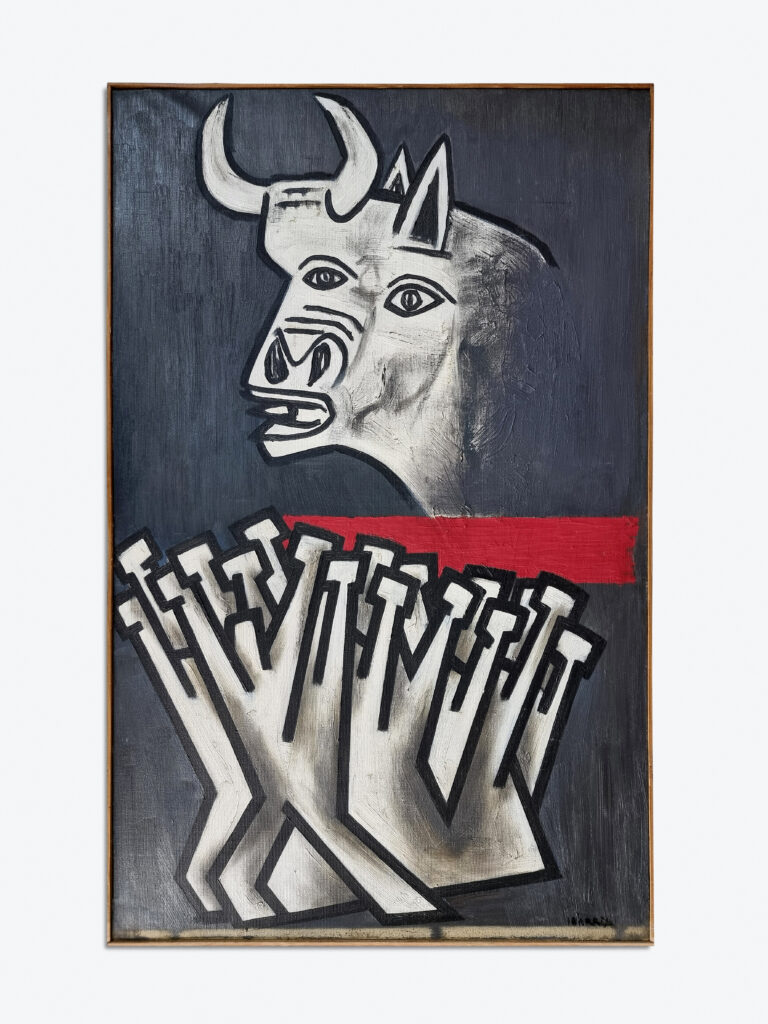
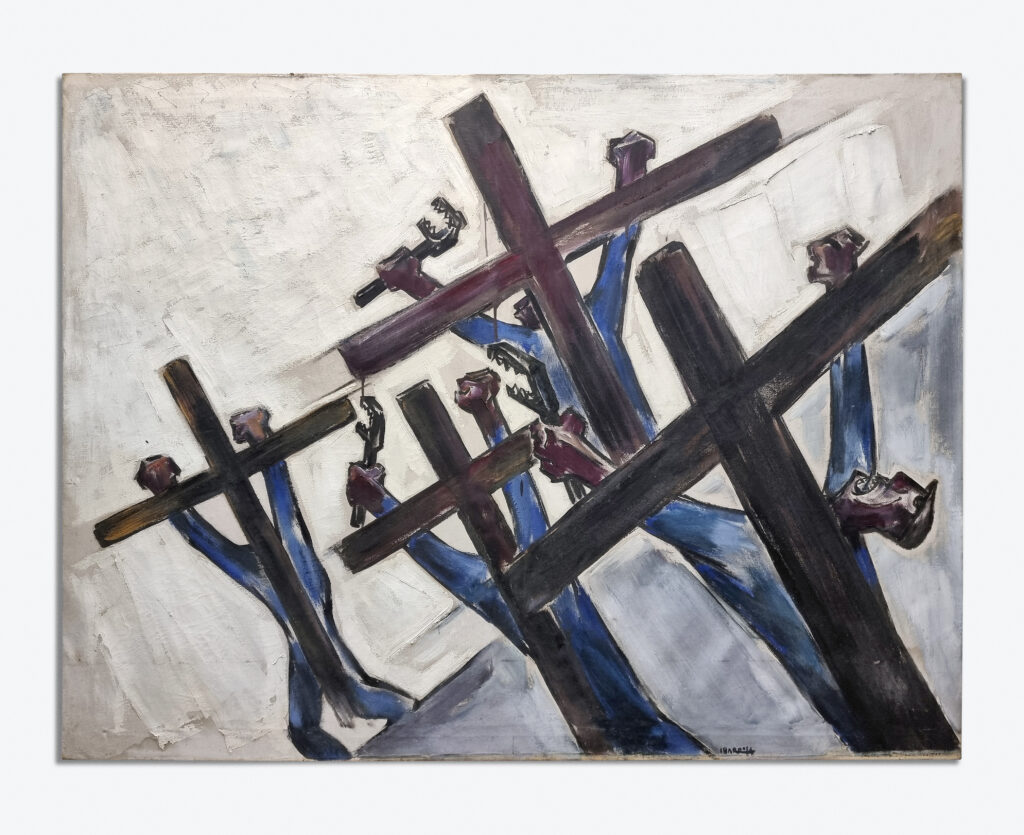
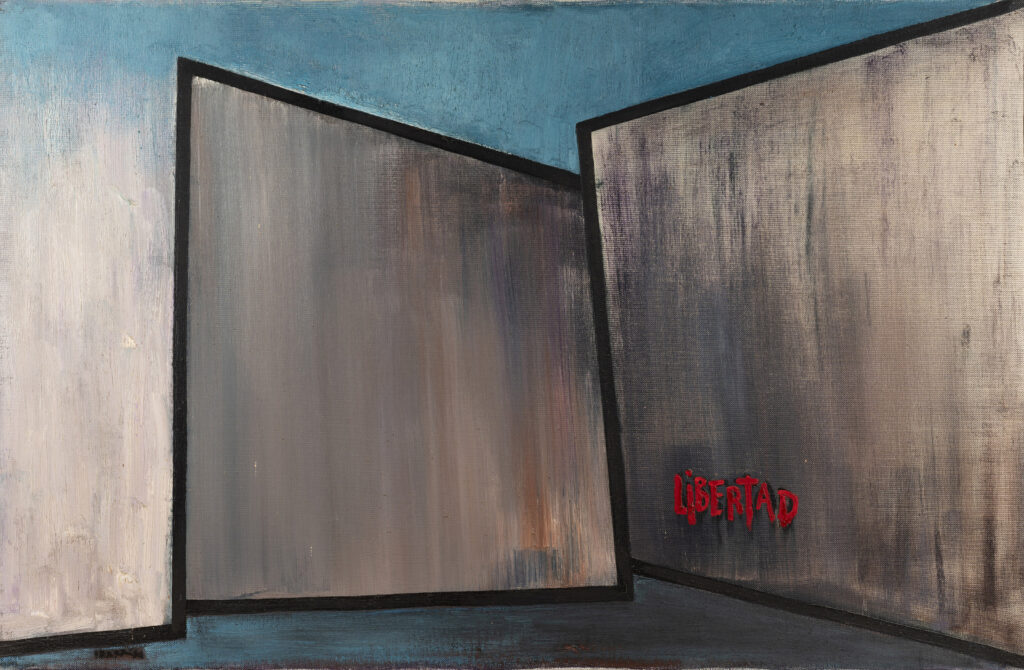
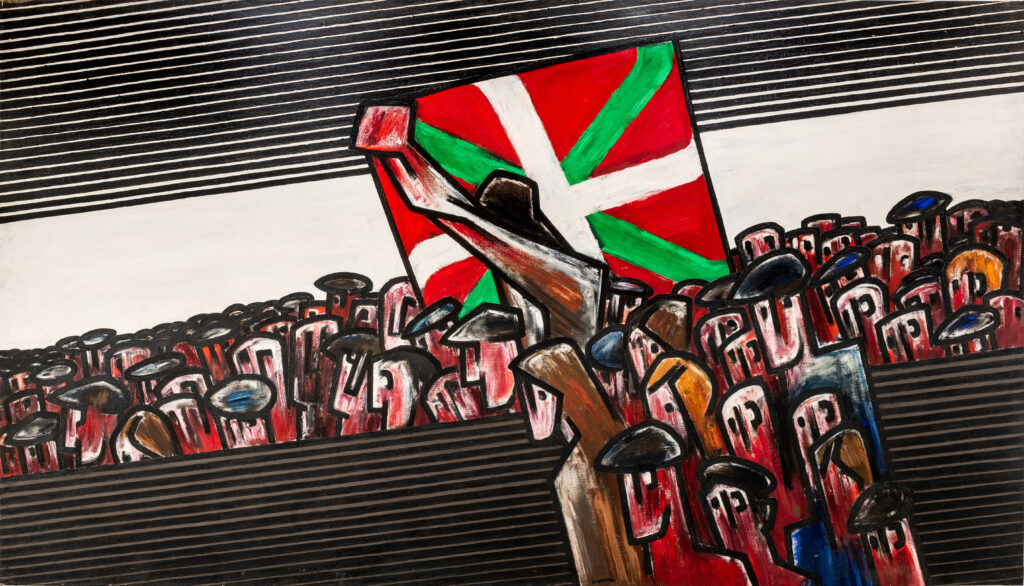
Agustín Ibarrola. “The Painter in the Forest”
LUCÍA MENDOZA GALLERY
C/ Bárbara de Braganza, 10
Madrid
From May 11 to the end of July 2024
“The cry of Ibarrola. Commitment, fight and freedom”
JOSÉ DE LA MANO ART GALLERY
C/ Zorrilla 21, Lower right
Madrid
From May 8 to July 27, 2024

